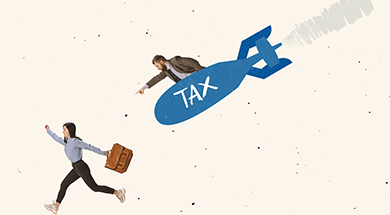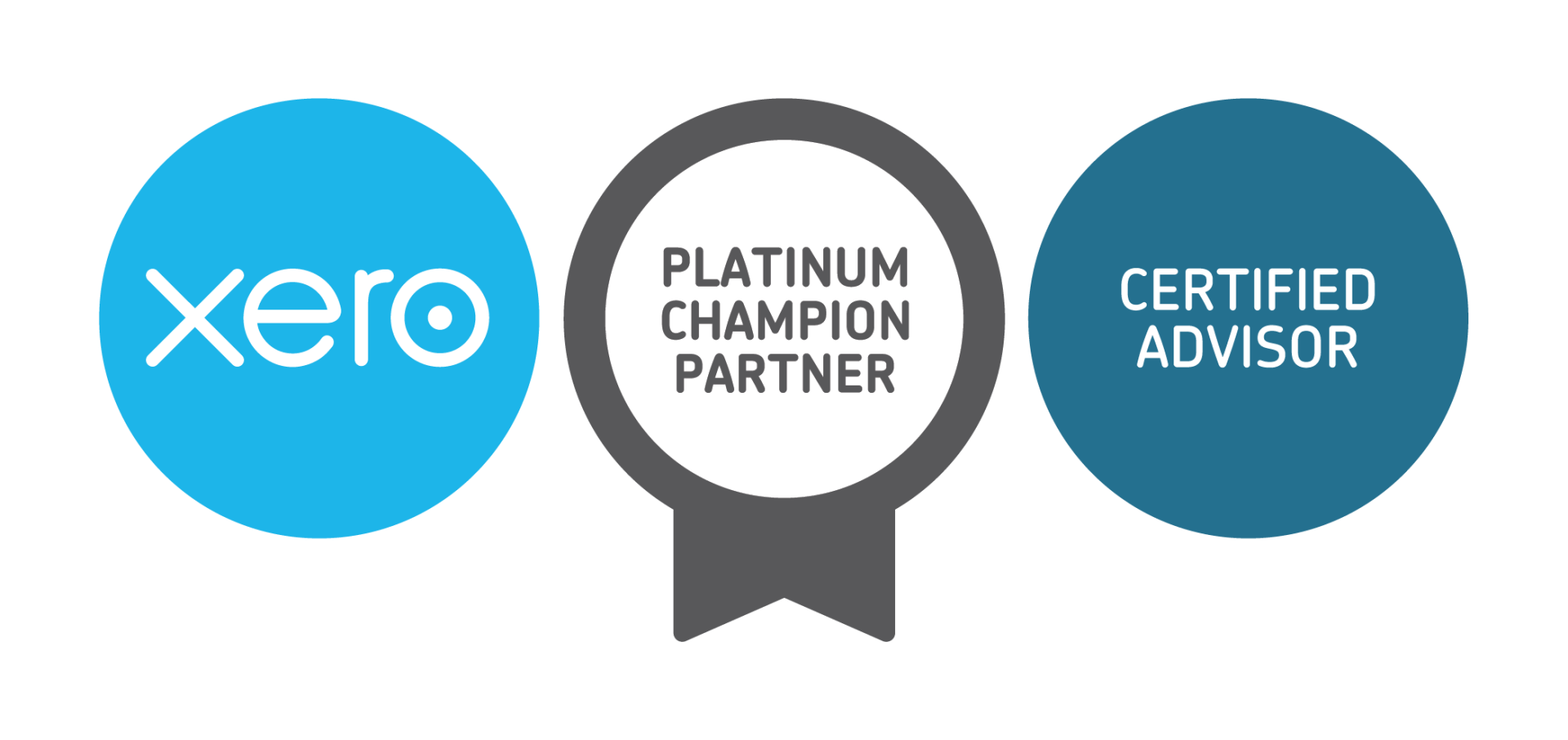
How the guidelines have recently changed,
and how to claim without getting caught out
If you're a truck driver, you'll have heard that recently the ATO has made changes to the way you can claim meals. After working closely with those in the industry, the ATO has reinstated their previous meal-by-meal claims system. With so much change, it can be hard to keep track of exactly what you can claim, and for how much. That's why we've put it all together to help you keep track.
For starters, how can you claim your meals?
1. You must have been required to sleep on a long or night rest break or for the entire night away from home.
2. Include any travel allowance from your employer in your tax return as income.
3. Only claim the amount that you've actually spent on meals and not been reimbursed.
4. Keep a record.
That all seems pretty straightforward so far. The tricky bit is always keeping track of receipts, since they're small and lost easily, especially on long drives.
Luckily, as long as you're an employee, paid a travel allowance and are claiming less than the ATO's 'reasonable amount' for each meal, you don't need to keep every receipt! You'll still need to keep a record
So what are these 'reasonable amounts'?

The 'reasonable amount' for each meal type set out by the ATO at the moment only cover the 2017/18 financial year, and are the amount reasonably expected that a person might spend on a meal.
Breakfast:
$24.25
Lunch:
$27.65
Dinner:
$47.70
Now, that isn't to say you can have a total of $99.60 for the whole day, and you can't add your leftover breakfast change to your lunch total. Each 'reasonable amount' is only good for that meal type. And if you don't eat on a regular schedule, or eat at unconventional times, you just can't claim more than one type of meal in a 24 hour period (so you can't have two breakfasts and a lunch in the same day). Plus, if you've been using the previous published daily limit of $55.30 and want to keep claiming that way, you won't be disadvantaged.
What do I have to do?
As I mentioned before, you still have to keep records, but the type of records you have to keep will depend on the amount that you're planning on claiming.
If you're only claiming up to the 'reasonable amount', you need:
- Your pay slips, or payment summary from your employer
- Records of the travel allowances you received, in the form of a work diary or other documentation
- Records of the time you travelled for work, including where you travelled to, your start and finish times, and when you stopped to eat.
- Written evidence showing that you were the one who spent the money. While you don't need to keep every receipt, you may have to show bank statements or something similar.
Though, if you travel the same way frequently and have a stable, regular pattern of spending, the ATO will accept written evidence for a three month period.
For example, you're a driver who makes the same overnight drive each week. You spend roughly $19.50 on breakfast, $25 on lunch and $37 on dinners each day, at different locations. You keep your receipts and bank statements for a three month period to verify these numbers.When it comes to tax time, you can use your work diary, with these records, to calculate exactly how many breakfasts, lunches and dinners you had while travelling. With that number, you can calculate exactly how much you can claim, including any travel allowance you receive as assessable income.
However if you've been using the previous daily limit of $55.30, you'll be required to keep records for a month. You won't be disadvantaged if you keep using this method, and you can switch from the previous daily amount to the new meal-by-meal system – but you can't switch from the meal-by-meal system to the daily limit.
If you're claiming over the 'reasonable amount', you need:
- Your pay slips, or payment summary from your employer
- Records of the travel allowances you received
- A work diary or other documentation to verify times you travelled for work, overnight or were required to stop for a long rest break.
- All of your receipts or invoices for every meal you purchased. These need to include details of the supplier or place of purchase, amount spent, date, and the 'nature of the goods or service', which really just means what you purchased.
The ATO might also ask for other evidence, such as bank statements, to prove that you yourself were the one who spent the money.
So there you have it. If you keep these breakdowns in mind, following the new allowances and being able to claim everything you're entitled to, is all too easy. The meal-by-meal system seeks to be better and fairer for truck drivers, with a higher claimable amount per meal and less record keeping needed. Plus, if you would prefer to keep using the previous daily limit system, you won't be disadvantaged either so you can focus on doing what you do best.
Summary
The ATO's recent changes to the way truck drivers can claim meal expenses has moved from a daily limit to a meal-by-meal system, which is better for drivers and means less record keeping. Here, we've unpacked exactly what, and how, you can claim.
Want more information about how you can Claim Meal Expenses under the new system?
If you'd like more specific advice on the new claims system versus the old or on making claims, please contact us at Murray Nankivell on bordertown@murraynankivell.com.au
or by phoning us on (08) 8752 8888.

About the Author - Dale Beck
About Murray Nankivell
Our goal, mission and purpose are to help people reach their full financial potential professionally and personally and whatever that means for them.
We understand everyone is different which is why we're anything but your typical Accounting Practice. It's also why we've been growing our clients' businesses, minimising their tax and improving their bottom line for almost 80 years.
You see, we're well known for having a personal approach where we get to know you, what you want and what you want your business to give you first.
We have three main offices - Naracoorte, Bordertown and Murray Bridge – as well as 11 visiting offices in Meningie, Coonalpyn, Tintinara, Lameroo, Keith, Millicent, Robe, Penola, Kingston, Nhill and Kaniva. We're also happy to visit all areas in between by appointment.
Other Murray Nankivell posts you may be interested in:
• Understanding Cash Flow
• Budgeting and Cash flow Forecasting

LEGAL
Liability limited by a scheme approved under Professional Standards Legislation.
Investngro Pty Ltd ABN 53 113 102 695 trading as Murray Nankivell Financial Planning, is an authorised representative of Count Financial Limited ABN 19 001 974 625 holder of Australian financial services licence number 227232 (“Count”). Count is owned by Count Limited ABN 111 26 990 832 of GPO Box 1453, Sydney NSW 2001. Count Limited is listed on the Australian Stock Exchange. Any taxation and accounting services are provided by Murray Nankivell and are not within the authority Count. The information on this web site is not financial product advice and is provided for information only.





